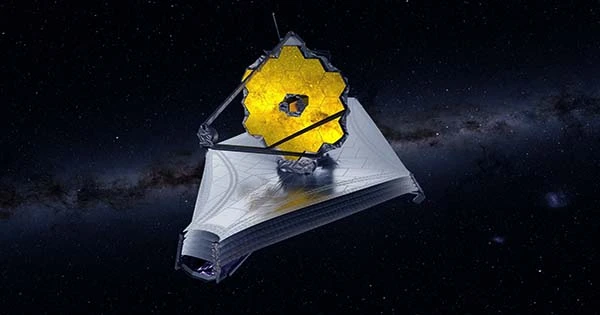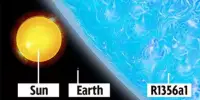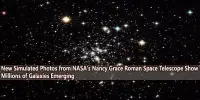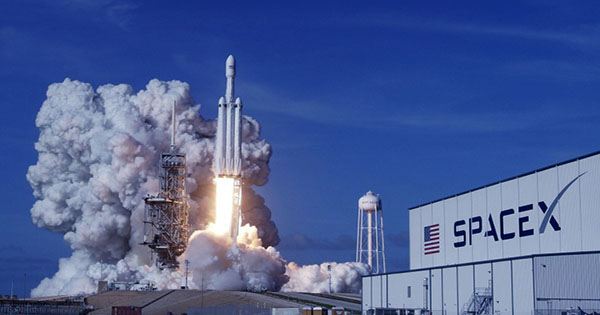The world’s most powerful space observatory confronts just one final threat: space rocks, after 14 torturous years of delays and surviving the white-knuckle anxiety of launch and deployment. A micrometeorite struck the JWST’s primary mirror in May, according to NASA. It’s the telescope’s sixth large-enough-to-measure hit since it was launched, but the first greater than what had been planned. Fortunately, the effect was minimal enough that it had only a tiny influence on image quality. “Micrometeoroid strikes are an unavoidable part of operating any spacecraft,” NASA said in a statement. “Micrometeoroid strikes frequently sustain several impacts over the course of extended and fruitful research missions in orbit.”
Because the bigger the mirror, the more hits are likely, the JWST’s designers were well aware of the danger. The telescope’s design included tolerance for extremely modest impacts, such as altering the location of failing components. However, beyond a certain magnitude impact, the damage will have an effect on visual quality, even if just little. It would have been preferable if the first such impact had occurred after scientific investigation had begun, allowing for absolutely immaculate photos to be captured, but that was not to be. According to NASA, JWST’s C3 primary mirror section suffered impact damage that exceeded the tolerance level between May 23 and May 25.
However, subsequent testing revealed that “despite a marginally noticeable effect on the data, the telescope is still working at a level that surpasses all mission objectives,” as NASA put it. As a result, the first scientific photographs are still on schedule to amaze us all on July 12, even if they will be slightly less magnificent than they could have been.
“We knew Webb would have to withstand the strong UV radiation and charged particles from the Sun, cosmic rays from exotic sources in the galaxy, and occasional impacts by micrometeoroids inside our solar system,” Goddard Space Flight Center’s Paul Geithner stated. “We developed Webb with performance margins in mind — optical, thermal, electrical, and mechanical – to guarantee that it can complete its ambitious research mission even after many years in orbit.” Despite exceeding predictions for how clean the JWST’s optics could be kept on the ground, NASA maintains that this influence will still result in the telescope’s overall performance exceeding forecasts. The Internet, on the other hand, isn’t totally convinced.
Turning the JWST’s reflectors away from approaching meteor showers reduces the chance of collisions at the cost of burning up its fuel more quickly, but there’s nothing that can be done about occasional micrometeorites like this one. NASA, always on the lookout for a silver lining as silver as the backside of a telescope mirror, adds that the primary’s huge area and close inspection make it “an extremely sensitive detector of micrometeorites.” We will have a better understanding of the frequency and magnitude profile of impacts by tracking them.
















